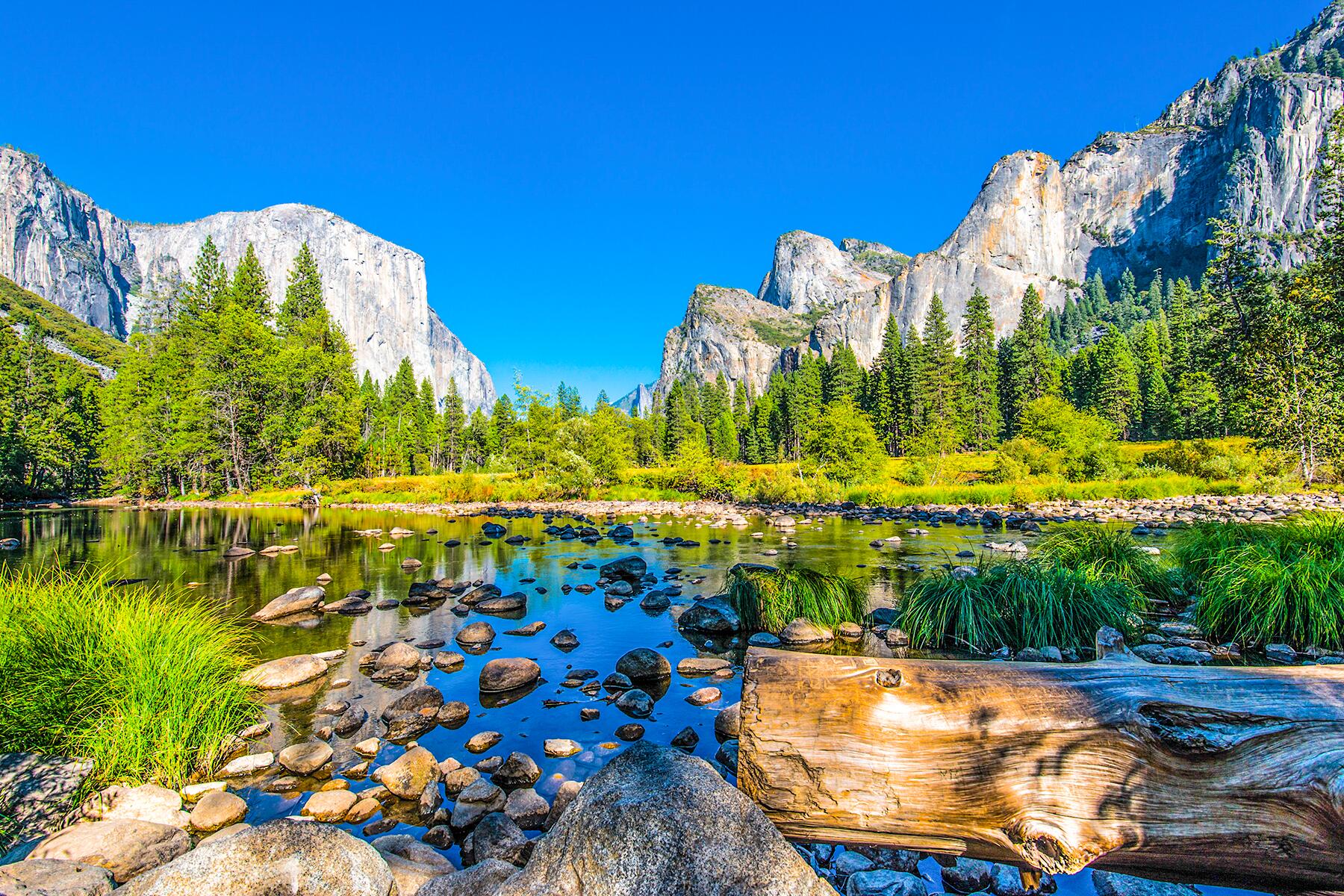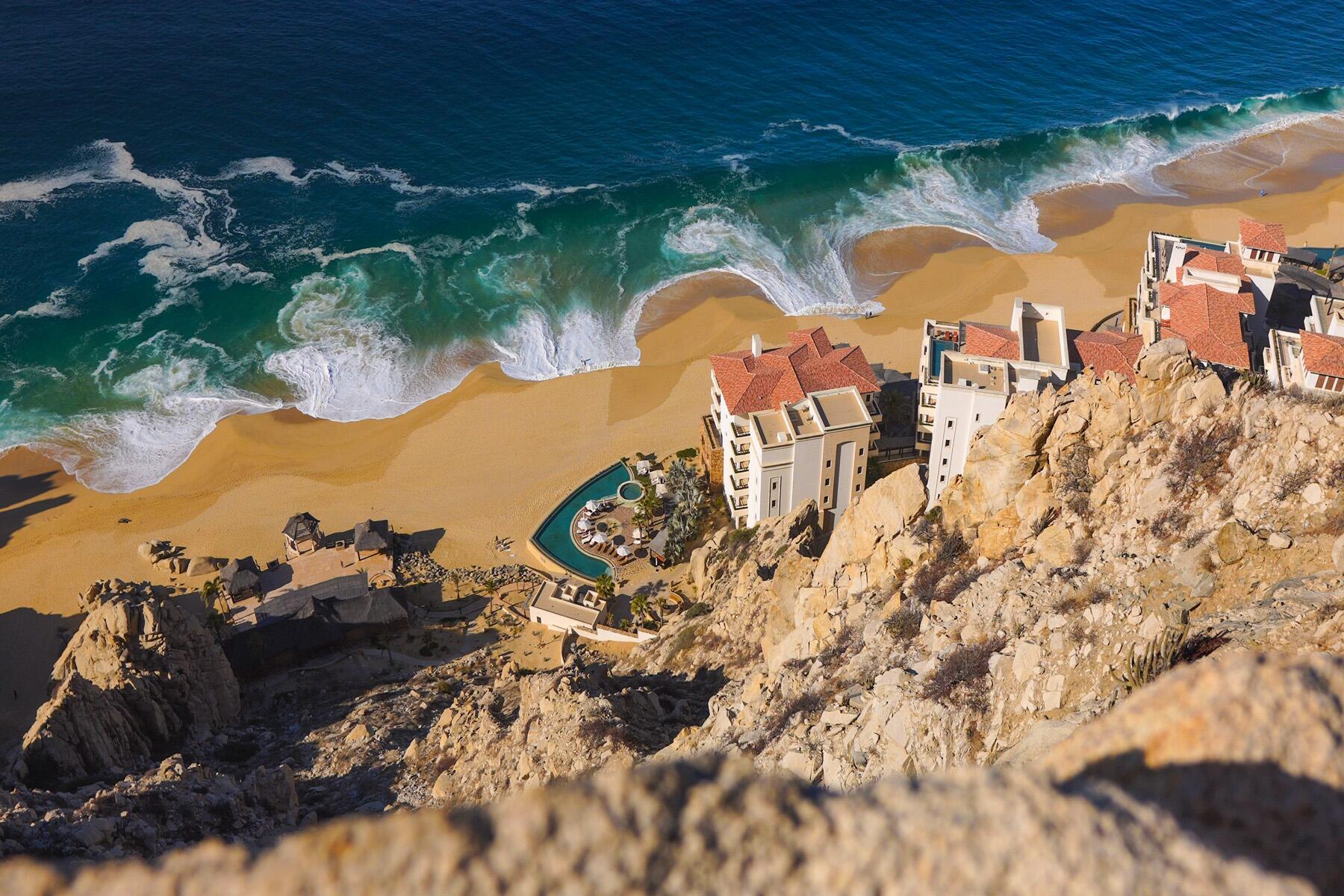
Located just off the Venezuelan coast in the southern Caribbean Sea, Curaçao might be the largest of the Netherland Antilles (Dutch Caribbean) islands, but it still enjoys a reputation of being rather off-the-radar. This island paradise sets itself apart from the neighboring tourist hub of Aruba with a unique blend of Creole, Dutch, and Spanish cultures; stunning, secluded beaches; and a bustling capital city that also happens to be an UNESCO World Heritage Site. JetBlue Airways' recent addition of direct flights from New York city to Curaçao has sparked renewed interest in this historic Dutch territory, so if you’re looking for a relaxing beach vacation without throngs of tourists, go soon—before the word really gets out.
Willemstad: Center of Culture

Scoop up Amsterdam, drop it into the Caribbean Sea and add some Spanish Colonial flair, and you have Willemstad, Curaçao’s capital city, a center of both culture and business.The island’s rich and eclectic history is on display here, especially in the form of its architecture. Both Spanish and Dutch Colonial buildings are present in an array of bright tropical colors, a nod to the Curaçao's diverse influences throughout the centuries. Start at the Otrabanda to take in the picturesque lined townhouses across the water, and then head to the must-visit Museum Kurá Hulanda. Situated in an 18th-century Dutch merchant's former house and slave yard, the museum contains the largest collection of African art in the Caribbean. A sad yet vital part of Curaçao's cultural history is its role as a center for slave trading in the 17th century, and Kurá Hulanda serves as both a moving testament to a harrowing time period, and also as an inspiring tribute to the customs and culture of Curaçao's early inhabitants. Afterward, cross the famous Queen Emma Pontoon Bridge (at night, this structure is illuminated in magnificent colors) and check out the floating market, where vendors pull their fishing boats directly up to the canal and sell fresh produce from neighboring Venezuela under covered market stalls.
Recommended Fodor’s Video
Insider Tip: Take an architectural walking tour with local architect and history buff Anko van der Woude, who gives interesting and insightful facts about the buildings and will show you some hidden gems you would be less likely to stumble upon on your own.
Exotic Beaches

If you're staying at the Marriott, you can enjoy the stunning, soft-sand beaches of Piscadera Bay from under your private palapa, but it's a great idea to rent a car and explore the coast on the west end of the island—especially lively Cas Abao, arguably one of the best beaches on Curaçao. This popular spot has lounge chairs available for rent as well as bars and restaurants where you can kick back and enjoy a cold beer with the incomparable view. There is also a large, wooden raft moored just offshore, perfect for sunbathing and diving. If you're looking for a more remote spot, try Jeremi Beach. It's a bit of a rocky path to get here, but the calm dazzling water and sheltered cove is worth the trek. To experience Curaçao below the surface, book a snorkeling or diving excursion. Head to Caracas Bay, a popular snorkel spot where a sunken tugboat sits just below the surface, surrounded by an abundant coral reef.
National Parks

One of the most interesting things about Curaçao is the variety of its topography. While the southwestern coast is a stretch of stunning beaches and crystal-clear waters, a vast majority of the island is a wild, undeveloped, desert-like landscape dotted with cacti. Take a jeep tour through the rocky terrain and stop at spots like Boka Pistol, where waves crash against the cliffs to form huge spurts of sea mist, which has earned it the nickname of “The Breath of Curaçao.” Don't miss Christoffel Park, the island's largest national park and wildlife preserve.
Insider Tip: Make sure to wear sneakers, or you won't get to hike up to Seru Bientu (Windy Mountain) to see one of the best panoramic views of Curaçao and beyond.
Lively Nightlife

Curaçao's nightlife is a lively and unique mix of jazz lounges, salsa clubs, and, of course, casinos, but before you head out for the night, start with happy hour at the nearest beach bar to sip on a cocktail and watch a truly spectacular sunset. The Boardroom Beach Bar on Piscadera Bay is a small wooden surf shack right on the water, with a laid-back vibe, great music, and even some rope swings to perch on as you take in the view. Another great spot is Pirate Bay, which has a long-standing reputation as one of the island's best happy hour locales. If you're looking for the hottest nightclub, it's best to ask a Curaçaoan—the hot spots change on any given night. Unlike other Caribbean islands, some clubs here pulse straight into the early hours of the morning, and you can dance ‘til dawn to live salsa and reggae music. Try Mambo Beach for dancing on the sand and the ever lively Blues Bar & Restaurant at the Avila Hotel for some great live jazz.
Insider Tip: You can't go to Curaçao without trying a cocktail with the local liquor, (aptly named Blue Curaçao) but be warned: blue tongues are hard to avoid.
Unique Cuisine

Adventurous foodies will revel in the unique cooking that Curaçao offers. Called “Krioyo” (Criollo in Spanish, which means “Creole”), the cuisine is a unique blend of Caribbean, Dutch, and Latin American flavors. Traditional dishes like kadushi (cactus soup) and the famous Keshi Yena (a huge ball of baked gouda cheese stuffed with a stewed mix of meat, raisins, and olives) are not to be missed and can be found in restaurants all over the island, though be warned: kadushi is a rather acquired taste.
Insider Tip: Make a reservation at hot spot Restaurant & Café Gouverneur de Rouville. This restaurant is housed in a historic 18th-century building with views of the Otrobanda waterfront, live music, and an elegant courtyard perfect for dining under the stars.


